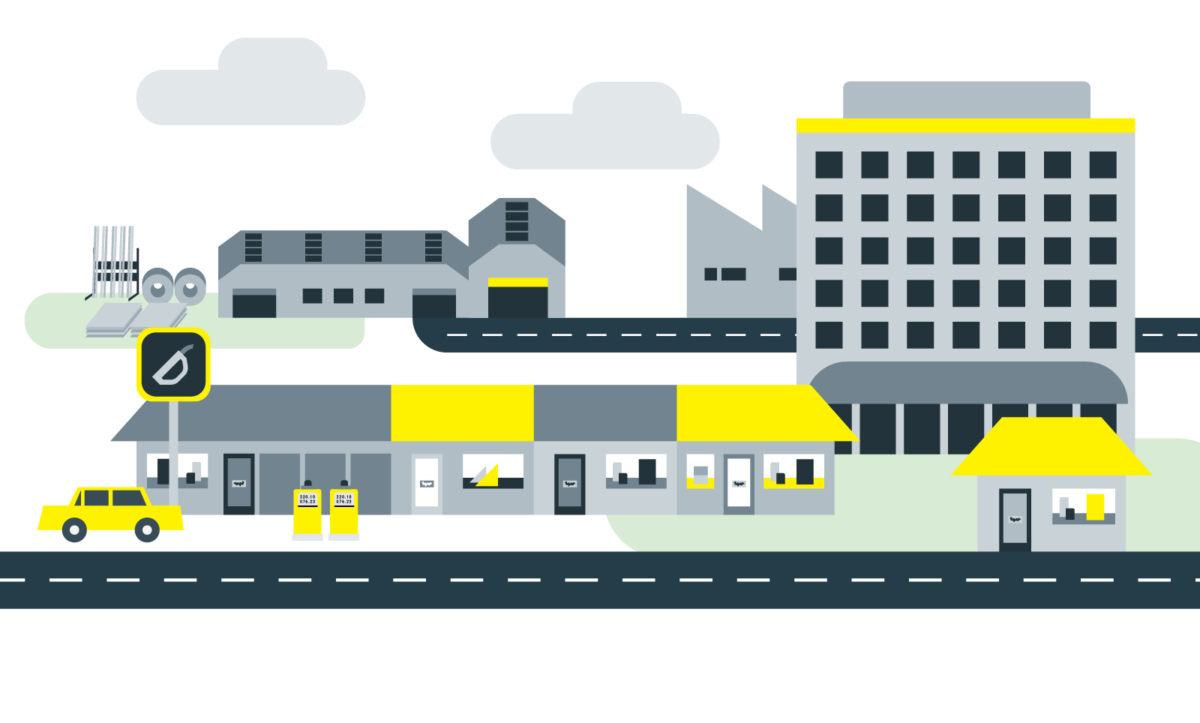Built Environment
- Home
- Industry Insights
- Built Environment
Lower-carbon aluminium is an essential resource in decarbonising the Australian built environment.
Aluminium is an essential material in the Australian commercial and residential construction sector. Aluminium is commonly used in curtain wall framing, windows, partitions, supporting systems and cladding.
The unique properties of aluminium, including strength, lightweight, corrosion resistance and its ability to be extruded into complex shapes, make it particularly useful in construction applications.
After cement and steel, used in commodity quantities within the built environment, aluminium manufacturing is the third highest source of greenhouse gas emissions in the construction materials sector.
In recent times much of the focus on sustainability for the built environment has been on how a building operates and performs. Emphasis has been placed on the selection of energy-efficient materials as a priority. Whilst essential, this doesn’t go far enough. It is estimated that the embodied carbon emissions of materials used in Australian construction is 30 to 50 million tonnes of carbon dioxide equivalent (CO2e) per year (for domestic production), which is approximately five to ten per cent of national greenhouse gas emissions. Developing more sustainable materials containing lower embodied carbon is high on the sustainability agenda and something the construction industry needs to address.
Further to that, private investors are icreasingly adopting commercial green building certification systems, and developing additional supply chain decarbonisation policies to reduce carbon intensity of their construction projects. Some investors and public procurement bodies have also set carbon intensity limits for their key construction materials, including aluminium.
Lower-carbon aluminium is an essential resource in decarbonising the built environment.

To support the Australian construction sector in efforts to decarbonise Capral Aluminium, Australia’s largest extruder of aluminium products has made the bold decision to supply all its locally extruded window and door systems, framing systems, curtain wall systems and glazing systems from LocAl® Green. The carbon intensity of LocAl® Green primary aluminium is 8kg CO2e/kg Al – remarkably lower than other locally supplied aluminium window systems, door systems, curtain wall products and glazing systems.
By choosing to use aluminium window and door systems, curtain wall systems, commercial framing systems and glazing systems supplied by Capral Architects, designers, developers, builders and construction professionals can make a cleaner, greener, more sustainable choice for their Australian building projects.
Furthermore, Capral offers LocAl® Super Green for projects upon request, delivering significantly lower carbon intensity on primary aluminium.
LocAl Whitepaper
Learn more about lower-carbon aluminium options for your business. Enter your details to download our lower-carbon aluminium white paper.